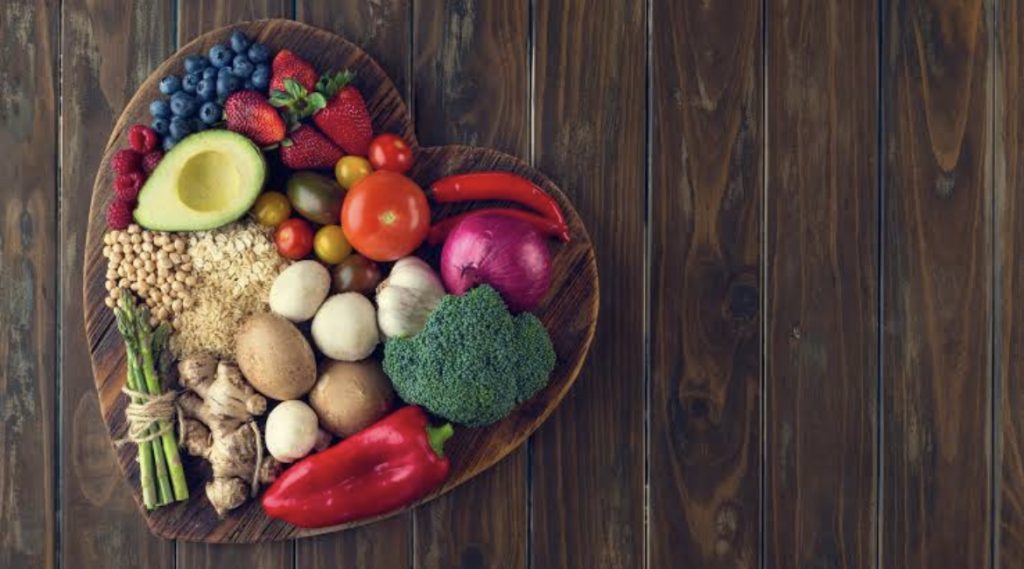
Principles of healthy eating.
Although Chinese medicine dietary therapy suggestions are very specific, there are a few basic guidelines for eating healthy, no matter what your health condition or constitutional type.
- Avoid cold or frozen foods.
Even if you have a hot constitution or condition, eating or drinking straight from the fridge is not a wise idea. In Chinese medicine terms, Cold can impact on the digestive system, causing it to slow down and prevent absorption, as well as reducing food and fluid metabolism.
2. Don’t overload.
“Food Stagnation” is a common condition that many of us have experienced after over-eating. The stomach is in charge of rotting and ripening ingested food. When it is overloaded, it may have difficulty processing the contents and sending them to the Spleen, which helps to create energy for daily activities. This can create such symptoms as frequent burping, bloating, low energy, nausea, or bowel disturbances. It is usually felt as a feeling of fullness like food gets stuck in the stomach after meals. The best way to prevent food stagnation is to eat more slowly and mindfully. Hara hachi bu or hara hachi bun me is the Okanawan custom of only eating until 80 % full. How we eat is just as important as what we eat; this practice of intentional eating is still part of the cultural norm in Okanawa, Japan.
3. Eat mindfully
Next time you sit down for a meal, pay attention to how quickly you eat. Many of us are quite disconnected from our food, as busy lifestyles send it lower and lower on our list of priorities. Why not try this quick and easy mindful eating exercise, this allows you to improve digestion and your metabolism and also helps to create a more intimate relationship with food, try and adopt this practice when you eat meals:
Pick up the food with the fork, take the mouthful of food, then put the fork back down whilst you chew. The process of digestion begins in the mouth with salivary amylase, an enzyme that catalyses protein metabolism. Chewing also breaks food down into smaller pieces, so by the time it gets to the stomach it can be more effectively processed, and absorbed once it starts its intestinal journey further down. Don’t pick the fork up for the next bite until the last one has been swallowed. If we’re in a hurry, we tend to shovel our food in so we can rush away to the next thing. This exercise slows the flow of food to the stomach, and may even mean that you need to eat less.
4. Remember the 20-minute rule:
It takes 20 minutes for the brain to get the message from the stomach that it is full. I’m sure a few of you have heard your mother preaching this one.
So the slower we eat, the less likely we are to eat too much.

Recent Comments